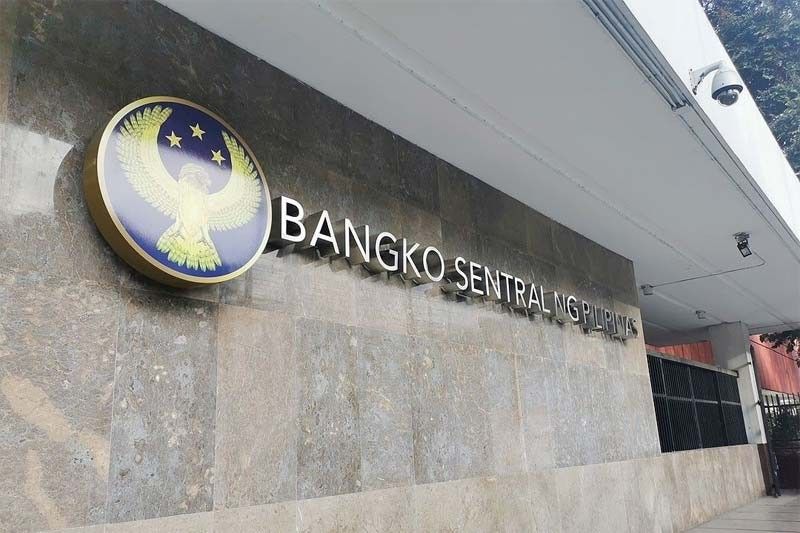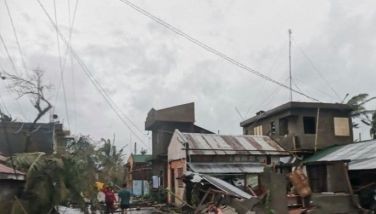BSP ready to resume monetary tightening

As inflation further quickens
MANILA, Philippines — Monetary authorities are ready to resume policy tightening as it expects inflation to remain elevated in the coming months following the rise in prices for the second straight month in September, according to the Bangko Sentral ng Pilipinas (BSP).
The central bank said upside risks to inflation remained skewed significantly to the upside until 2025, as inflation accelerated to 6.1 percent in September, the upper end of the BSP’s 5.3 to 6.1 percent forecast from 5.3 percent in August.
The inflation outturn last month was the highest in five months or since the 6.6 percent booked last April. It has been accelerating after easing for six straight months to 4.7 percent in July from a peak of 8.7 percent last January.
“Inflation is likewise expected to remain elevated in the coming months due to continued impact of supply shocks on food prices and the rise in global oil prices,” the BSP said.
Despite the upswing, the BSP believes inflation is still projected to decelerate back to within the two to four percent inflation target by the end of this year, in the absence of further supply shocks.
BSP Governor Eli Remolona Jr. had signaled a possible rate hike in November after the central bank’s Monetary Board maintained a hawkish pause in four straight rate-setting meetings in May, June, August and September due to the inflation downtrend and the stable peso.
The next rate-setting meeting of the Monetary Board is scheduled on Nov. 16.
The BSP chief earlier said the possible hike in key policy rates next month would not be the last, and did not discount the possibility of an off-cycle rate hike again.
“The BSP stands ready to resume monetary policy tightening, as necessary, to prevent the renewed broadening of price pressures, as well as the emergence of additional second order effects in view of the persistent upside risks to the inflation outlook,” the central bank added.
The upside risks to the inflation outlook, the BSP said, include the potential impact of new petitions for transport fare adjustments, higher domestic prices of key food items facing persistent supply constraints, higher-than-expected minimum wage adjustment in areas outside the National Capital Region, the impact of El Niño weather conditions on food prices and utility rates, as well as higher electricity rates.
On the other hand, the impact of a weaker-than-expected global recovery is the primary downside risk to the outlook.
Inflation averaged 6.6 percent from January to September this year. Last month’s outturn was higher than the market expectation of 5.7 percent.
Last Sept. 21, the BSP’s Monetary Board raised its inflation forecasts to 5.8 percent from 5.6 percent for this year, and to 3.5 percent from 3.3 for 2024.
To tame inflation and stabilize the peso that slumped to an all-time low of 59 to $1 in October last year, the BSP emerged as the most aggressive central bank in the region after it raised key policy rates by 425 basis points between May last year and March this year.
It has since kept interest rates steady since May this year to assess the impact of the tightening cycle.
The BSP said it continues to support the timely and effective implementation of non-monetary government measures to mitigate the impact of persistent supply-side pressures on inflation.
However, rice inflation soared to 17.9 percent despite the issuance by President Marcos of Executive Order 39 that imposed a price cap of P41 per kilo for regular milled rice and P45 per kilo for well-milled rice since Sept. 5.
ING Bank lead economist Nicholas Mapa said inflation jumped to 6.1 percent in September and blew past market expectations for a 5.7 percent uptick despite a price cap on rice.
“In the Philippines rice is life, where rice inflation goes, so will headline inflation,” Mapa said.
The economist said the BSP Monetary Board would likely hike key policy rates further in the near term.
- Latest
- Trending




























